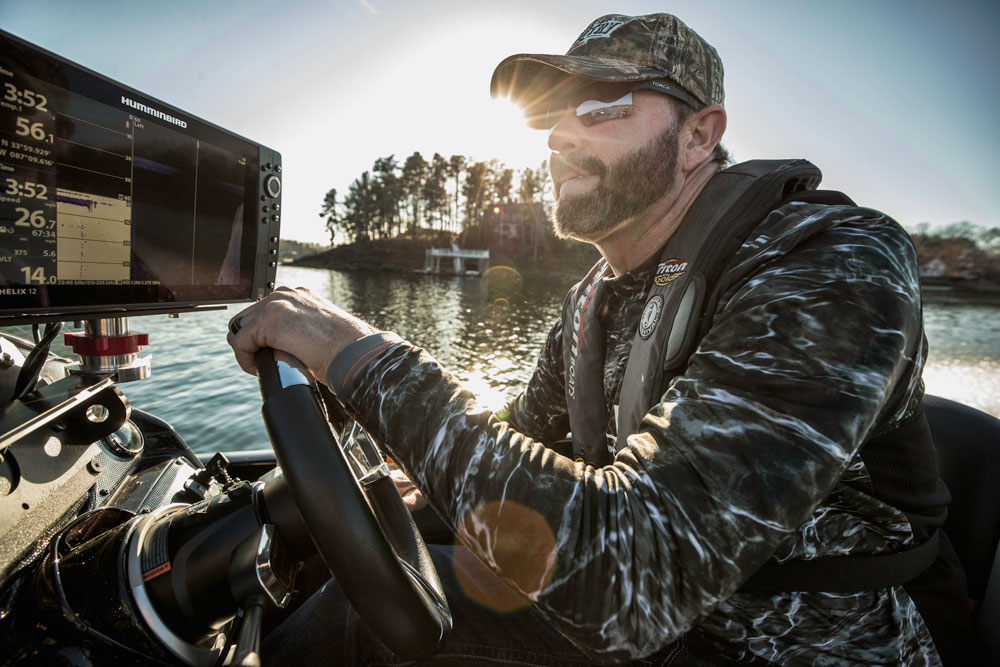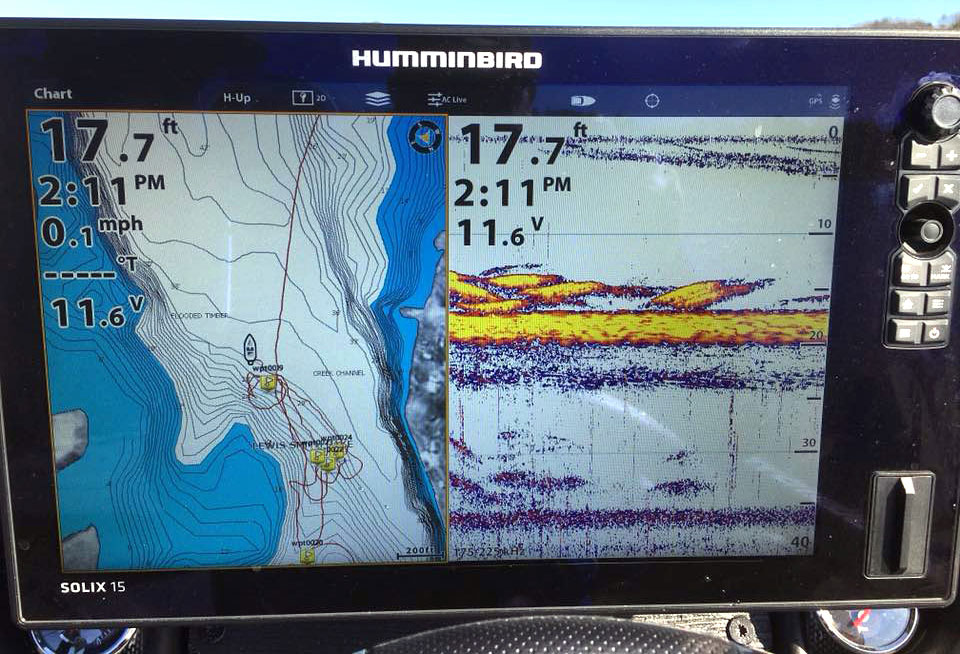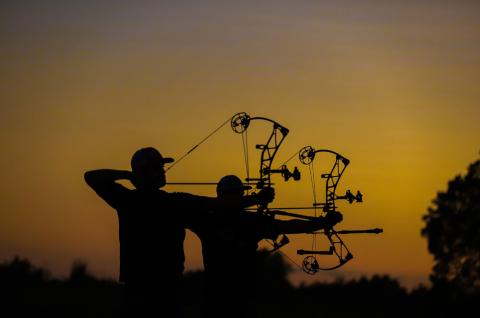provided by John Phillips
Gerald Swindle of Guntersville, Alabama, has been competitively bass fishing for 23 years. Before becoming a bass-fishing pro, Swindle was a carpenter. Because of his love of fishing, anytime there was a rain front coming, he dragged his boat with him to work. If he got laid off because of the weather, he put his rainsuit on, went to Smith Lake and fished all day in the rain. Sometimes, when he’d get off in the afternoon, he’d go home, hook up his boat and fish all night. If there ever was a fishing addict, Swindle fits that term. Because of his dedication and prowess in the sport, he went on to become a professional fisherman on the Bassmaster Elite and Major League Fishing circuits. He’s won the title of Bassmaster Angler of the Year twice (2004 & 2016). Whenever Swindle isn’t fishing one of those professional tours, he’s searching for any tournament in which he can compete. Gerald goes by the nickname GMAN, and he’s as entertaining as he is knowledgeable. To learn more about Swindle, visit his Facebook page. In Alabama, the summer temperatures often break the 100-degree mark. Mossy Oak asked how he finds bass and catches them under these extreme conditions.

The real key to finding and catching bass in the hot summer months is having good electronics. In most instances, the bass will be deep because the water temperatures are so hot. You need to be very proficient with your electronics and know what the screens are telling you. You can identify places where bass can hold and/or actually may see bass on your screens. I use
Humminbird electronics, and during the hottest part of the year I rely heavily on my side scanning feature. I want to find the bass before I start casting to them, and this is the major change that’s occurred in bass fishing in recent years. Many years ago, as soon as we put our boats in the water, we started looking for places to cast to and hopefully catch bass. However, since electronics have become so sophisticated, now we find the bass first and then start casting to them. If you go out in the hot summer months and think you’ll pinpoint bass fast, don’t just start casting, hoping to find bass. You’ll work yourself to death and probably not catch many bass. I keep my electronics and my big engine running until I locate the bass, then I turn my big engine off and use my trolling motor to get within casting distance of these bass.
When I’m fishing a tournament, we usually have three days of practice before we start competing. During those three days, I’ll generally spend 10 hours a day idling down the bank, creek channels and river channels looking for bass and places to fish. I have my electronics set up for several different things.
First, I’m looking for structure. Bass hold on to certain types of places during the summer months. One of those is hard bottoms. Sometimes these hard places are just rock outcroppings, shell banks or clay. I’ve set up my electronics to identify those hard bottoms on my depth finder, and then I want to identify where the hard bottom intersects with the soft bottom.

The second thing I’ll be looking for are man-made brush piles. Crappie and bass fishermen sink brush piles in areas where they want to concentrate crappie or bass. However, the bass can’t distinguish the difference in a brush pile that’s been sunk for crappie or for bass. So, any brush pile that I discover with my depth finder, I begin searching for bass holding there. With my Humminbird HELIX 12, I can find the brush and see the type bass that are holding above, in, off to the sides or under the brush. My depth finder is so good, once I spot the brush, I can see if there’s 10 or 15 fish off to the side of the brush - even as deep as 60 feet. I can mark that site as a waypoint on my depth finder and return to catch those bass. The other thing I’m looking for with my electronics is bait fish. The bass have to eat every day just like we do, so wherever you find the bait fish, that’s where the bass will be.
I never stop and fish any places I mark before the tournament. The reason I don’t fish them is because there will be so much boat traffic on any lake we fish that oftentimes, if the other anglers on a lake see a pro idling in open water and that pro stops and starts casting, they’ll know that pro won’t be casting, if he hasn’t seen a spot holding bass. So, I may mark 30 or 40 different schools of bass in the three practice days, and then during the tournament I start fishing those spots I’ve marked.



























